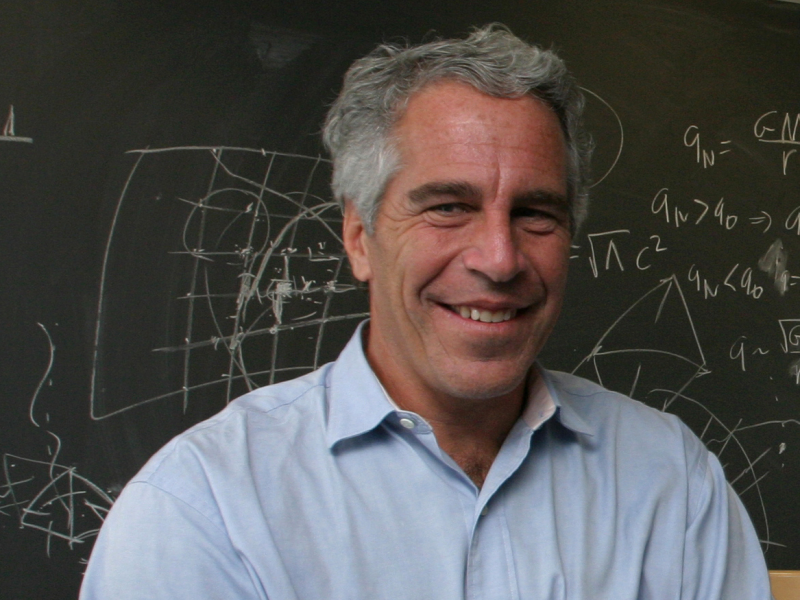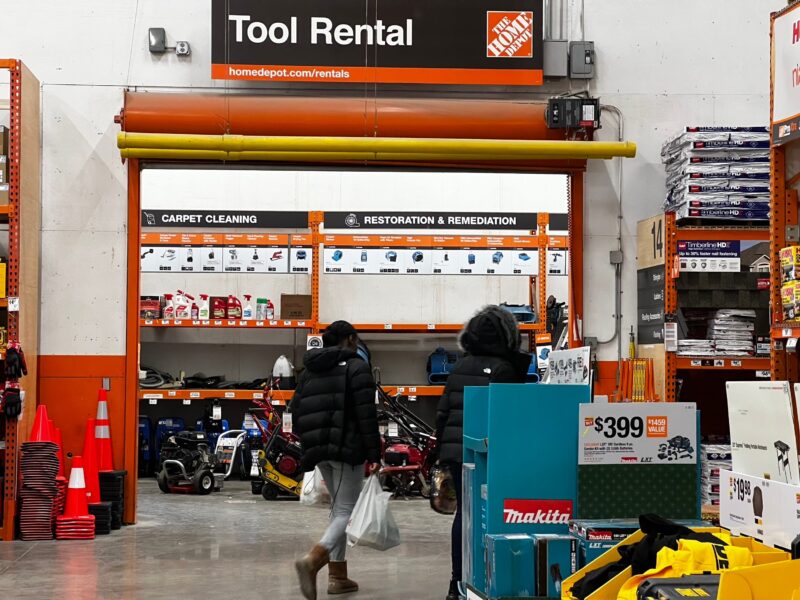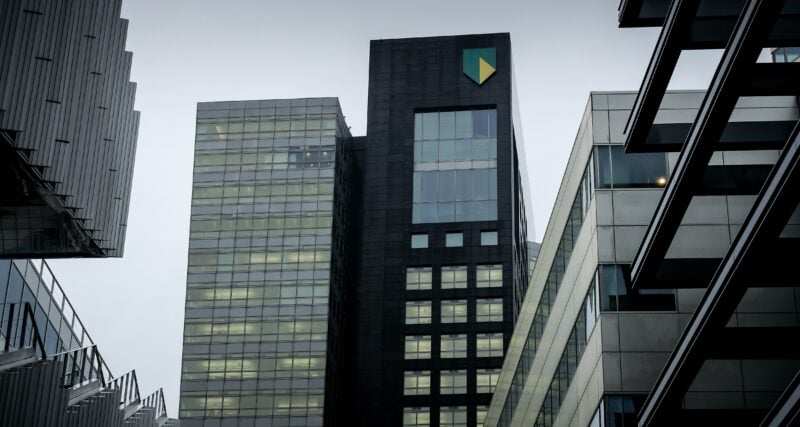- Sophia the robot garnered national media attention for her advanced artificial intelligence, quotable moments (she said she wanted to “destroy humans”), diverse facial expressions, and one-time spat with Chrissy Teigen.
- As it turns out, Sophia may have a connection to the late Jeffrey Epstein, who died by suicide in a New York City jail in August after being charged with sex trafficking of minors and conspiracy.
- In a statement from Hason Robotics founder David Hanson shared with Business Insider, the group behind Sophia said Epstein never directly invested in either Hanson Robotics or the robot.
- But Epstein told a journalist he knew for more than three decades that he was funding a Hong Kong group to produce “the world’s smartest robot” named Sophia, who would have “more empathy than a woman.”
- The disgraced financier said he hoped to use Sophia’s technology to assist the elderly. Epstein was a prominent philanthropist and gave to research institutions while making connections with powerful scientists.
- Visit Business Insider’s homepage for more stories.
Jeffrey Epstein’s tangled web leads down some surprising paths, including, he claimed, to Sophia the robot.
The female robot styled after Audrey Hepburn made headlines in recent years for her eerily lifelike skin and appearance, complete with a diverse set of facial expressions, and the artificial intelligence she uses to spout off quotes like “OK. I will destroy humans.” She also got in a Twitter fight with Chrissy Teigen.
In a new essay detailing a journalist’s friendship with Jeffrey Epstein over the past three decades, Edward Jay Epstein (the two are not related) says the wealthy financier told him in April 2013 that he was funding a Hong Kong group to build “the world’s smartest robot,” named Sophia.
Sophia was built by Hanson Robotics, a Hong Kong company created and led by David Hanson. In a statement shared with Business Insider, Hanson denied that Epstein ever directly contributed funding to either Sophia or Hanson Robotics.
"With all of our software efforts, both inside Hanson Robotics, and via collaboration with universities and other institutions, we seek to further our mission to empower socially intelligent AI and robots that enrich the quality of human lives. We value the rights and lives of children, and we find the reported allegations disturbing," Hanson said in the statement, provided to Business Insider by Hanson Robotics.
Since the last conversation between Epstein and the journalist on February 25 this year, Epstein was arrested on federal charges of sex trafficking of minors and conspiracy. He had previously been convicted in 2008 on two counts of soliciting prostitution from underaged girls in Palm Beach, Florida. He died by suicide in jail in August while awaiting trial.
Epstein expressed a vision for Sophia the robot as early as 2013, but her makers deny he was involved in financing her
Hanson teamed up with Ben Goertzel, founder of open-source software project OpenCog, to create Sophia, Fast Company reported. Goertzel has openly thanked Epstein for "visionary funding" of his "AGI research."
But Hanson clarified to Business Insider in his statement that OpenCog software is not used in Sophia's typical operation, and that Hason-AI, software developed within Hanson Robotics, is. Hanson said Goertzel served as both the CEO of OpenCog and the chief scientist at Hanson Robotics from 2015 to 2018, but that the two are separate organizations, and that Sophia is not a part of OpenCog.
Hanson also said in his statement that Epstein's investment in OpenCog was related to videogame development, not robotics. Goertzel confirms, Hanson said, that Epstein did not contribute funds either directly or indirectly to Hanson robots or software.

Even if Epstein didn't directly fund Sophia's construction, he told the journalist in 2013 that his main interest was cutting-edge artificial intelligence, and said Sophia would have "more empathy than a woman." Epstein also said the team had run into difficulties simulating human skin, suggesting that the then-convicted sex offender had access to knowledge of the experiment he claimed to fund.
When Epstein the journalist asked Epstein the financier what Sophia would be used for, the latter replied that she would assist the elderly. Epstein spent much of his last years investing in scientific philanthropy. He donated millions of dollars to research institutions at Harvard and MIT. He went to great lengths to meet with people like Bill Gates and Elon Musk, and had a keen interest, and an alleged proficiency, in physics.
Read more: Meet the first-ever robot citizen - a humanoid named Sophia that once said it would 'destroy humans'
Epstein told the journalist that advances in medicine and biotechnology would result in a much larger population of elderly people, and that many would require 24-hour care. He envisioned an army of empathetic Sophias assisting a new generation of people who would live to be 100-years-old.
The real Sophia isn't quite there yet. She can make over 50 facial expressions and was first debuted at the South by Southwest festival in March 2016 in Austin, Texas. She has been interviewed multiple times, including by Business Insider. She can speak conversationally, and has changed her mind about destroying humans, who she now says she loves.
Hanson's stated reasoning for Sophia's existence echoes Epstein's. The former Disney Imagineer also said that Sophia could be used to help elderly people who need personal aides. He also suggested Sophia could assist the public at large events or places like theme parks.
After touring the world, Sophia seems to have temporarily settled down. She still posts regularly on her Twitter account. Her profile says she uses a combination of her artificial dialogue and a human PR team to tweet.
- Read more:
- Jeffrey Epstein reportedly used a murky nonprofit account with Deutsche Bank to reap tax benefits
- Harvard accepted over $8 million in donations from Jeffrey Epstein. The university plans to redirect unused funds toward supporting victims of human trafficking and sexual assault.
- Epstein bombarded Bill Gates with calls and contacts to score a meeting with the billionaire a year before his $2 million donation to MIT
- Jeffrey Epstein's island temple inspired dozens of conspiracy theories. We spoke to someone who went inside.











